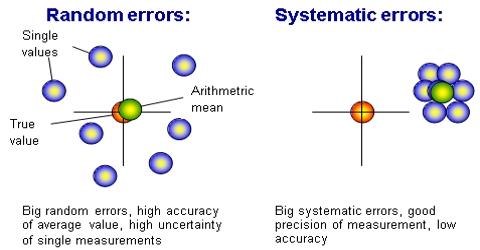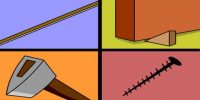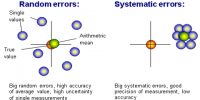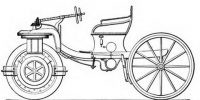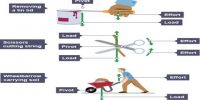For the measurement of any physical quantity two types of errors are observed.
(I) Systematic errors and
(2) Random errors.
Here briefly describe on Systematic errors.
Systematic errors: While performing experiments due to some errors experimental value of the measured quantity always and systematically becomes either less or more than the actual value. This type of error is called systematic error. End errors in a metre bridge, end error in a potentiometer are of this category.
Remedy: To avoid this type of error repeated measurement at different positions and at different conditions are to be carried out Systematic errors are classified into some more categories:
- Instrumental errors: If the instruments used in measurement are not accurate and sensitive then error occurs in the physical measurement of a quantity. It is called instrumental error. Remedy: By determining the instrumental error, it should tie corrected. There are two types of instrumental error: positive error and negative error. This type of error is observed in slide callipers, screw gauge, metre bridge potentiometer, electronic instruments etc. Positive error is to be subtracted from the measured value and negative error is to be added to the Treasured value
- Personal errors: Due to error in observation of the observer and also due to the lack of correct evaluation of the reading this type of error occurs. This type of error is called observational error or personal error. Parallax error is a form of this type of error. Remedy: This type of error can be avoided by carefully observing the measurement and also by taking several readings of the measured value.
- Absolute error: Difference between the actual value of a quantity and the measured value is called the absolute error.
So, absolute error = actual value — measured Value
- Relative error and percentage of error: In any measurement relative error and percentage of error are more important than absolute error.
Relative error: absolute error/actual value
or, δA = Δa/a; here mathematical value a has been taken, as the actual value.
Percentage of error = (Δa/a) x 100
- Gross errors: This type of error is observed due to the negligence and carelessness. This type of error can be avoided by taking measurement carefully and attentively.
